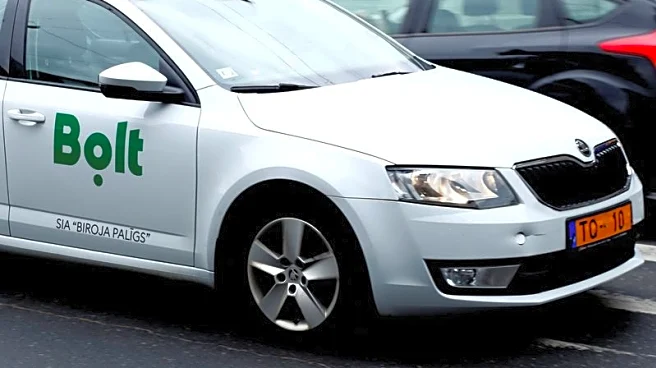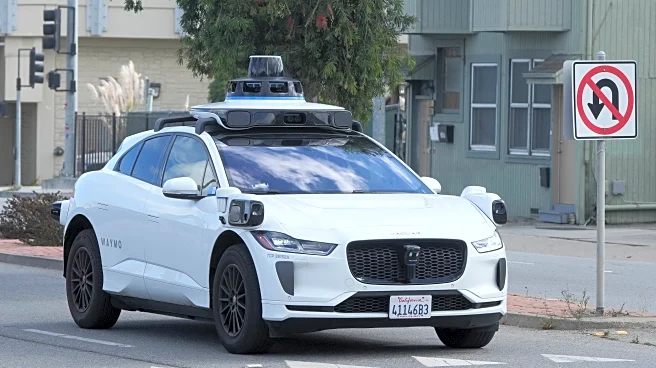What's Happening?
Waymo, Alphabet's autonomous ride-hailing service, is set to launch its first European fleet in London. The rollout will begin with a small fleet of human-supervised vehicles, transitioning to fully autonomous operations
by 2026. The initiative aligns with London's transport priorities, aiming to reduce road injuries and expand mobility options. Waymo's entry into the UK market is part of a broader strategy to expand its autonomous technology globally. The company plans to work closely with the Department for Transport and Transport for London to ensure safety and regulatory compliance.
Why It's Important?
Waymo's expansion into London represents a significant step in the global adoption of autonomous vehicles. The technology promises to enhance mobility, particularly for individuals with disabilities, and could contribute to reducing traffic accidents. However, the introduction of driverless cars also raises safety and ethical concerns, as well as questions about public acceptance. The success of Waymo's operations in London could influence the future of autonomous vehicles in other cities and potentially lead to widespread changes in urban transportation systems.
What's Next?
Waymo's phased rollout will begin with human-supervised vehicles, gradually expanding as regulatory approvals are obtained. The UK government estimates that the autonomous vehicle sector could create thousands of jobs by 2035, highlighting the economic potential of this technology. However, public confidence and the economics of robotaxi fares remain uncertain. The company's performance in London will be closely watched as a test case for the viability of autonomous ride-hailing in complex urban environments.
Beyond the Headlines
The introduction of autonomous vehicles in London could lead to broader discussions about the ethical implications of AI in transportation. Questions about how self-driving cars should respond in potential accident scenarios and the role of human oversight will be critical as the technology evolves. Additionally, the impact on traditional taxi services and the potential for job displacement in the transport sector are important considerations.













